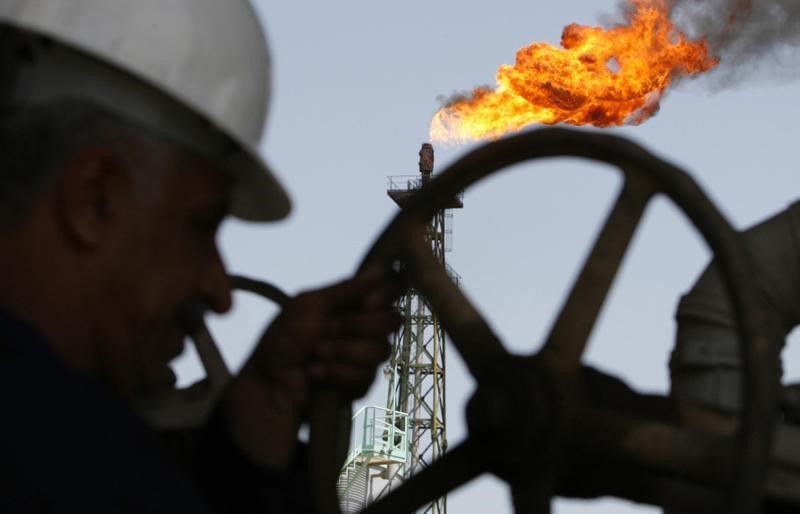Investing.com– Oil prices fell slightly on Thursday, retreating from multi-month highs as traders turned cautious ahead of key U.S. inflation data due later in the day, while concerns over sluggish Chinese demand also remained in play.
Strength in the , ahead of Thursday’s reading, was the biggest hurdle to the oil price rally, as markets bet on a slight uptick in U.S. inflation.
But crude prices still traded near their highest levels for the year, as data showed that U.S. fuel demand remained robust.
fell 0.2% to $87.39 a barrel, while fell 0.2% to $84.25 a barrel by 21:11 ET (01:11 GMT). Brent hit a six-month high on Wednesday, while WTI touched its strongest level since November 2022.
U.S. CPI data awaited
Sentiment was largely strained ahead of key U.S. consumer price index data due later in the day.
Markets were on edge as analysts forecast a potentially stronger reading for July, which could indicate that inflation remained sticky and well above the Federal Reserve’s 2% annual target range.
High inflation is expected to provide more impetus to the Fed to maintain its hawkish stance- a scenario that could weigh on economic activity in the remainder of the year, potentially hurting oil demand.
The prospect of higher-for-longer rates also boosted the dollar in recent weeks. A stronger dollar makes oil more expensive for international buyers.
Tighter supplies, robust U.S. fuel demand underpin oil prices
While data released on Wednesday showed unexpectedly grew in the week to August 4, it also showed a much bigger-than-expected draw in and stockpiles.
The reading showed that fuel demand in the world’s largest fuel consumer remained robust despite higher interest rates and inflation.
The reading also spurred hopes that global oil markets will tighten further in the coming months, following extended supply cuts from Saudi Arabia and Russia.
Chinese demand recovery in question after weak data
A slew of weak economic readings from China drove up concerns over a demand recovery in the world’s largest oil importer. China’s oil imports also sank to their second-lowest level this year in July, as a post-COVID economic recovery ran out of steam.
But Beijing is now expected to roll out more stimulus measures in the coming months, which could help push up economic activity and oil demand in the country.
Read the full article here
